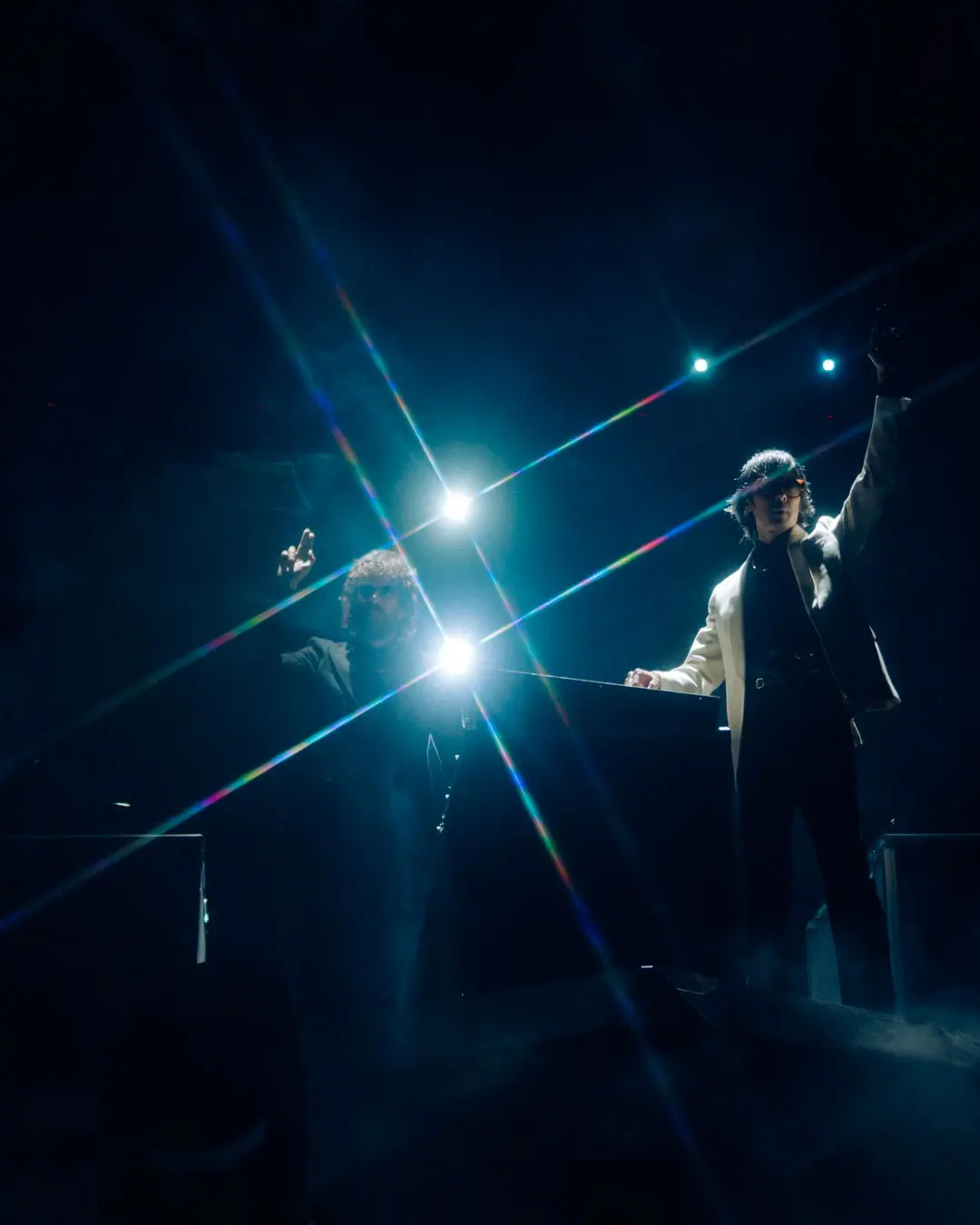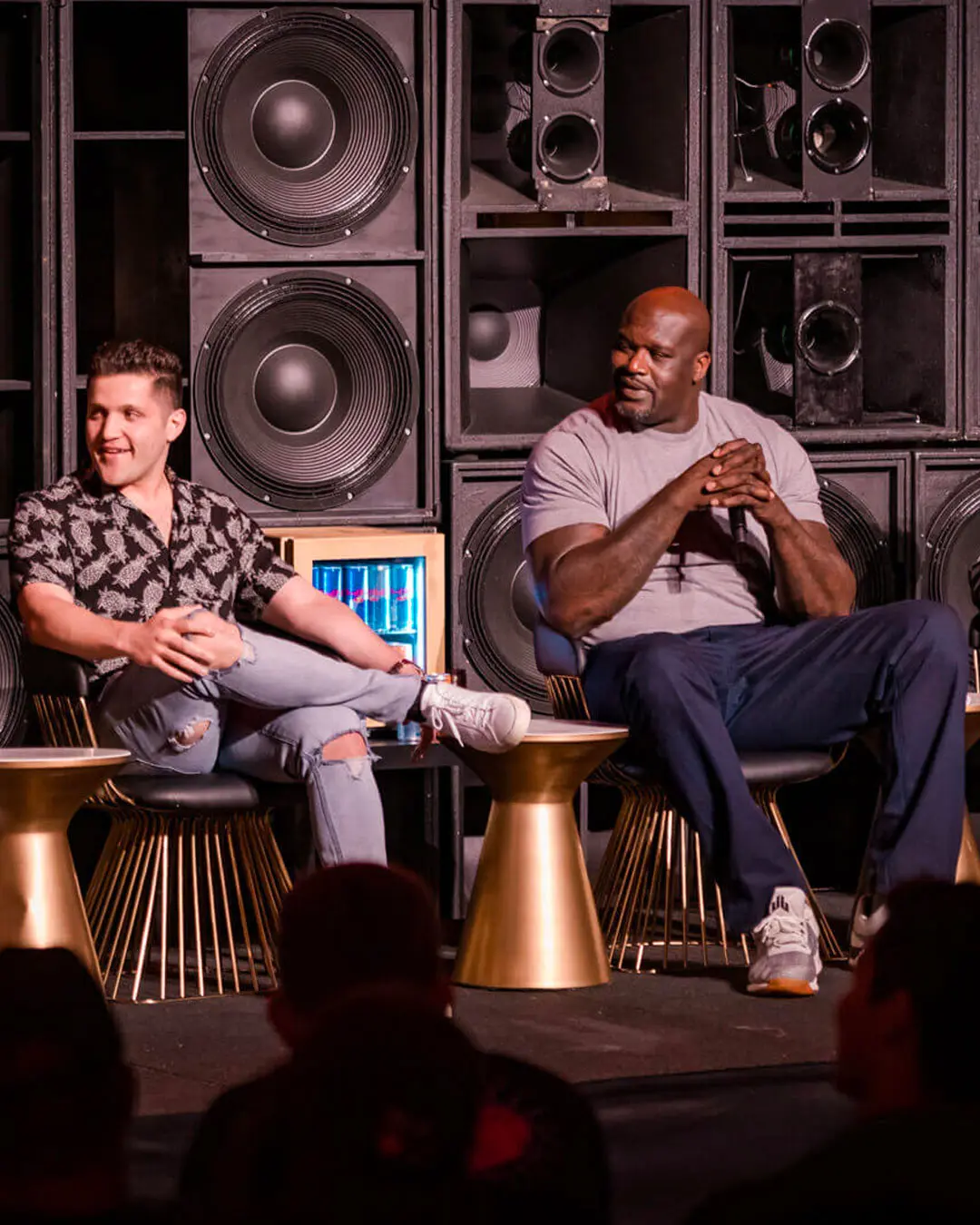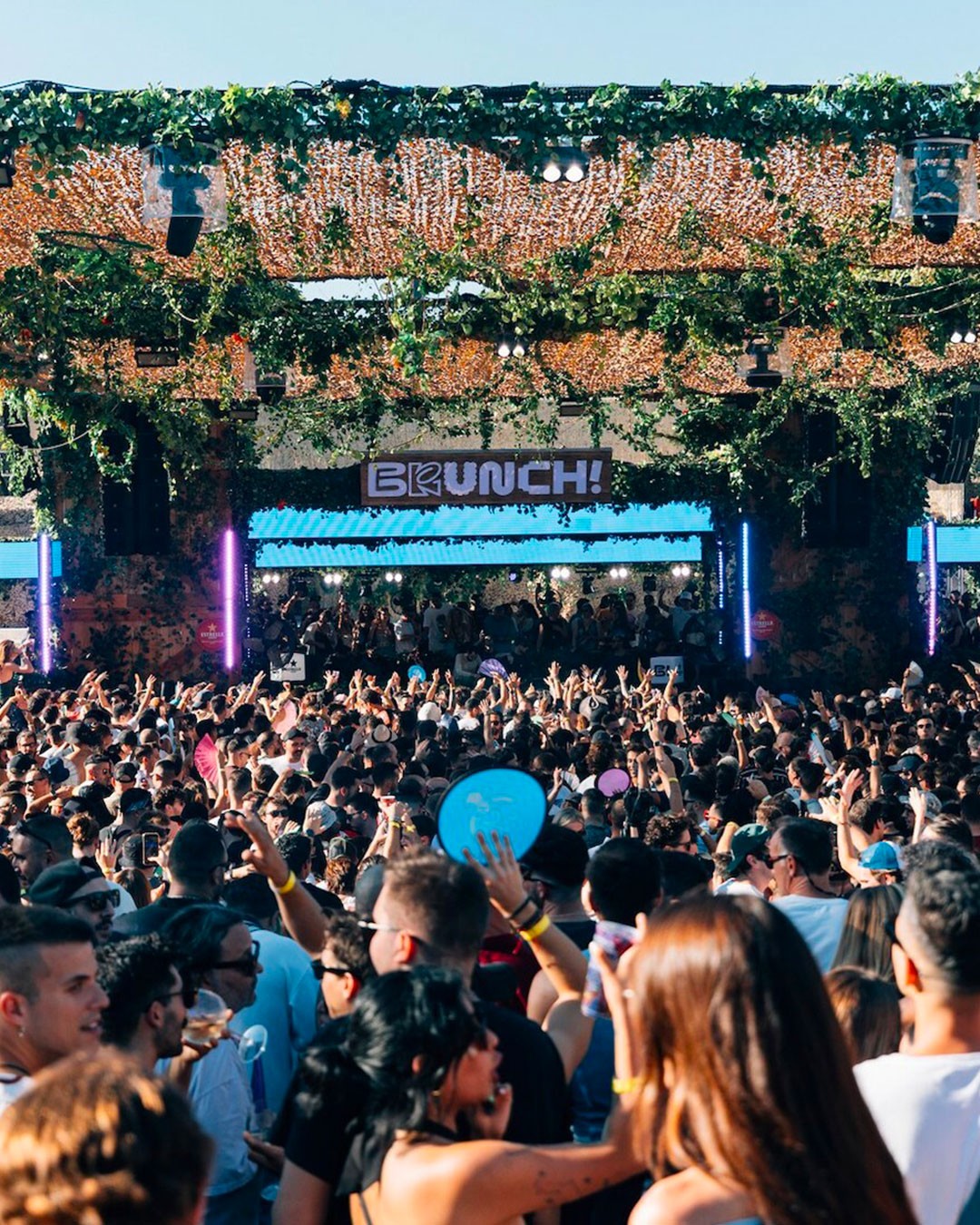Why electronic music future hinges on the DJ culture resurgence?

By Alexandre Trochut
Let's explore the impact of the Internet and technology on this genre, the shift in music consumption, and why DJ culture has started to decline. In this article, we delve into the transformative power of technology, and how its relentless march forward has reshaped the terrain of musical creation, consumption modes, and ultimately, the entire industry.
The Double-Edged Sword of Technology
The internet's transformative power has not spared the electronic music genre, turning it into a playground for technological prowess and redefining music creation and consumption. This digital onslaught has also notably affected the once-thriving DJ culture. This article ventures into the ways streaming has reshaped directly or indirectly the landscape of the dance music industry.
Emerging Producers & the Music Consumption Paradigm Shift
Remember the days when producing electronic music was limited to a select few who had access to expensive equipment? Well, the 2000s saw the emergence of a new generation of electronic music producers, thanks to the power of the technology and the democratization of music production tools.
The likes of Avicii and Martin Garrix rode this transformative wave, creating unique sounds right from their bedrooms. Alongside this revolution, music consumption habits also underwent a dramatic shift.
Though technological evolution opened the gates for democratized electronic music production, it simultaneously birthed a fresh paradigm for music consumption: Streaming. While prior music genres flourished in the golden age of vinyl or CD — an era where artists thrived from their music sales — the emerging generation of electronic music artists is witnessing a starkly contrasting landscape.
A Closer Look at Streaming Payouts
One of the most contentious issues with streaming platforms is their payout system. With physical sales nearly non-existent and digital sales dwindling, artists are increasingly reliant on streaming for revenue. However, the reality is that streaming platforms often pay pennies per stream. For many artists, this means that the income from their music barely covers production costs.
Almost 80% of artists on Spotify have fewer than 50 monthly listeners. These shocking statistics point to a highly unequal distribution of resources, a fact that has not gone unnoticed within the industry.
As streaming platforms increasingly dominate and the revenues from music sales have been dwindling for electronic music artists, the shift has been quite stark. Traditionally, producers could earn a decent income from the sale of their music. However, with the rise of streaming, the income from sales has become negligible.
Redefining Dance Music: The Rise of Streaming & the Decline of DJs
The ultimate shift from Sales to Sets
The rise of streaming platforms, while seemingly a boon for music lovers, has resulted in a somewhat paradoxical situation for the music industry. It has certainly democratized access to electronic music, but it has also had significant effects on the livelihood of both producers and DJs.
As streaming rose to prominence, the sale of physical music - once the primary revenue stream for music producers - was swept aside. Logically, the next step for these producers would have been to shift their focus to live performances at venues and concert halls, following the footsteps of their counterparts from other musical genres.
However, as electronic music has carved its niche into mainstream culture, with its melodies seeping into radios and streaming platforms playlists, the landscape changed. Electronic Music fans craved to see this new generation of producers they loved perform live, consequently, a majority of them chose a different path. Instead of creating an expensive live show, the majority of them to take up DJ carrer earning money through their gigs. This shift required no substantial investment, and the path was all the more appealing since clubs were already clamoring for these producers-turned-DJs to perform.
The Fall of the DJ as a Tastemaker
Thus, a new era was born, what I like to call - the reign of the producers - in the clubbing landscape, effectively transforming nightclubs into concert venues for these producers and pushing many DJs out of the scene. It marked a substantial loss for the industry, and an unfortunate turn away from the true essence of DJ culture – curating and introducing diverse, novel sounds to an eager audience.
In the heydays of electronic music, people flocked to nightclubs not just to dance but to uncover new and exciting music. This was an era when electronic music wasn't a staple on radio stations. Instead, it lived and thrived in the pulsating ambiance of nightclubs, where DJs were the gatekeepers of this fascinating sound, introducing audiences to new artists and fresh music currents. They were the tastemakers, their knowledge and unique ability to weave different tracks together provided an immersive musical journey that fans couldn't get anywhere else.
And as the DJs were previously guiding audiences on musical journeys back in the days, they were once again stripped of their status as tastemakers, when the streaming platforms created editorial playlists supposed to introduce new music to their users, switching aside the crucial role of independent music curator replacing it by the illusion that this would now be seamlessly fulfilled by the editorial teams of streaming platforms.
An Illusion of Diversity: How Majors are Shaping Listener Preferences
With the rise of streaming platforms, users have been led to believe they are enjoying an unprecedented level of diversity. After all, they now have access to millions of songs from all around the world.
But while many playlists on streaming platforms give an illusion of diversity, they're being owned and curated by majors, through playlists building companies that have been acquired (Digster for Universal, Filtr for Sony and Topsify for Warner) and produce hundreds of playlists to promote their catalog leading to the result is a music ecosystem that locks users within their catalogs, rather than truly expanding their musical horizons.
In 2020, according to research conducted by analytics company Alpha Data, their report suggest that 90% of streams are accounted for by just 1% of artists. As reported by Rolling Stone, 1.6million artists released music to streaming services in the past year, but nine in ten tracks played were made by just 16,000 top tier artists.
In a world where major labels increasingly dictate what listeners hear, we risk losing the art of discovery, the role of the DJ as a curator is being lost. If the diversity and vibrancy of electronic music is to be preserved, we need to rekindle our appreciation for the DJ's art.











